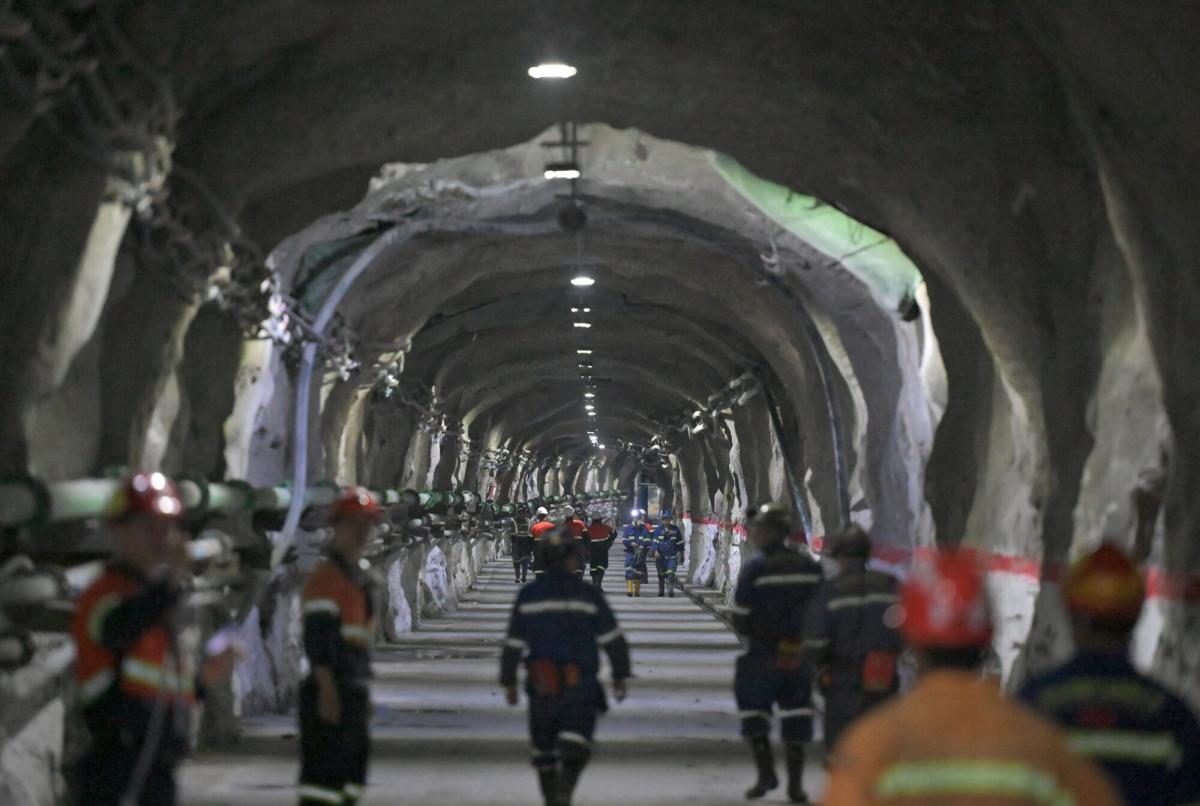The Top Gold Miner Is Struggling to Capitalize on Bullion’s Boom

(Bloomberg) -- Gold prices are at record highs. But disappointing results at the world’s largest miner of the yellow metal signals companies may be struggling to take full advantage of sizzling demand.
Most Read from Bloomberg
Newmont Corp. shares posted their biggest daily drop since 1997 on Thursday, tumbling 15% after the Denver-based company posted earnings, revenue and profit margins that fell short of analysts’ estimates in the third quarter, dragged down by higher costs. The stock traded a further 3% lower on Friday, with top rivals Barrick Gold Corp. and Agnico Eagle Mines Ltd. also retreating.
Analysts had high hopes for the industry. Gold has surged more than 30% this year, while fuel prices — one of the miners’ key expenses — have been easing. But Newmont’s results revealed that big gold producers are still wrestling with inflationary pressures, especially regarding labor costs, that have lasted longer than expected.
“There’s a potential read-through here, assuming Newmont’s takeaways are accurate, that this is a risk factor for the industry,” said Josh Wolfson, a mining analyst with Royal Bank of Canada.
Newmont earned 80 cents a share, well short of the average estimate of 89 cents among analysts surveyed by Bloomberg. Revenue of $4.61 billion also trailed estimates, as did its gross profit margin, which slipped below 50%.
The company said it spent more to dig up the precious metal at its mines in Australia, Canada, Peru and Papua New Guinea than in the previous quarter. Capital expenses rose 10% due to expansion projects in Australia and Argentina, while some of the company’s highest expenses came from major assets it picked up through last year’s $15 billion takeover of Newcrest Mining Ltd.
Some of those cost issues are specific to the company, and not necessarily indicative of a broader industry trend. Newmont is undertaking costly maintenance work at its Lihir mine in Papua New Guinea — a notoriously complex operation in a remote region — and it spent more to restart its Cerro Negro mine in Argentina after operations were paused due to the deaths of two workers in April.
But the company’s growing costs for workers could signal trouble across the industry.
“It’s the labor costs where we’re seeing that escalation,” Chief Executive Officer Tom Palmer told analysts in a conference call Thursday.
Breaking news
See all






